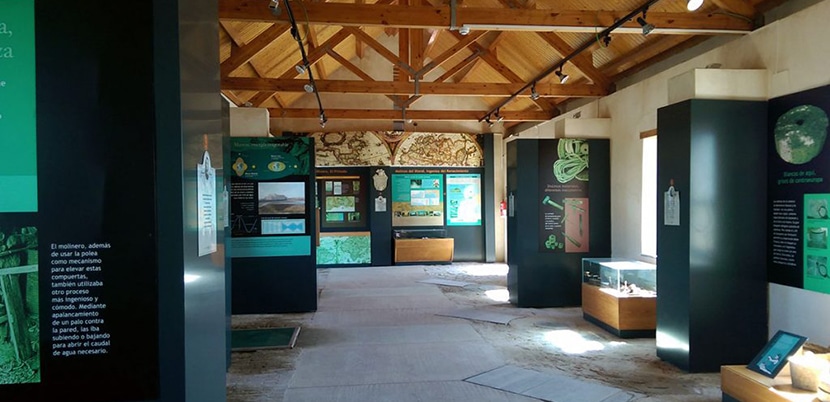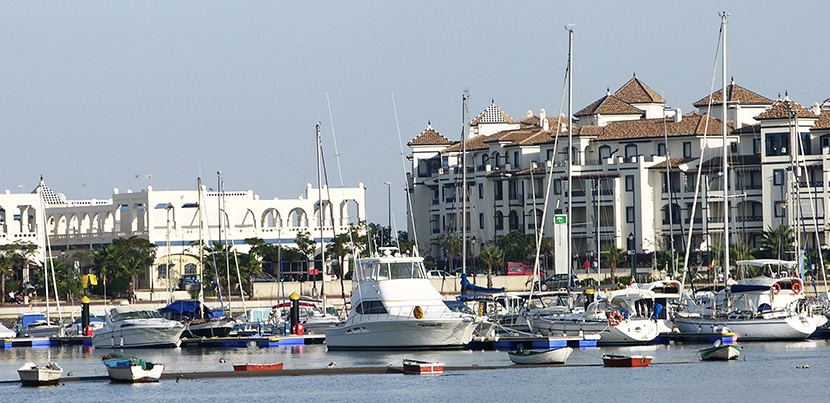
Today we return to focus on Spain, a country that has a number of incredible tourist destinations. Looking for medieval castles or cathedrals? Have. Looking for art museums? Have. Are you looking rural getaways with charm? Have. For example, Ayamonte.
Ayamonte it is in Andalusia, at the foot of the Guadiana river, in the province of Huelva, in the area known as the Tierra Llana de Huelva. The highest point is a gentle hill where the local castle has been built of which not even its ruins remain to this day. Let's know what Ayamonte offers us.
Ayamonte

Ayamonte is at the mouth of the river and runs along the right bank of the river. There are four urban centers, city which is the heart of the town, divided into neighborhoods, Moral Point, five kilometers from here, more sailor and very touristy, Well of the Way, 10 kilometers further away, Isla Cristina and finally, Isla Canela or Barriada de Canela.
The estuary is beautiful, mostly flat, although there are pines and eucalyptus and marshes of great diversity. These marshes are humid ecosystems with aquatic plants whose water is usually a mixture of sea and river water, in turn forming "channels" that meander inland and surround urban centers.
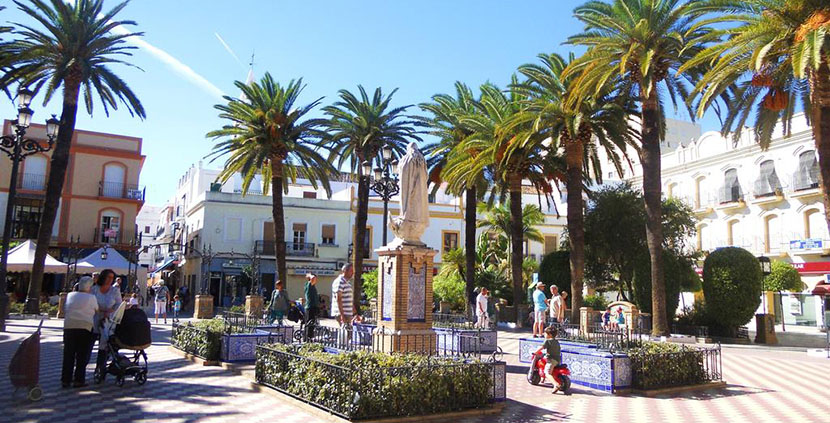
This with respect to Ayamonte's appearance. In terms of history, the area is also very interesting since Greeks and Romans passed through here. It is believed that the latter could have built a commercial port here, as ceramics and signs of construction have been found. In addition, it is known that in Punta del Moral there was a Roman settlement, so probably through this nearby port they distributed the resources.
The same in Isla Canela. In fact, recently, in 2016, another necropolis appeared in Isla Canela, there is already one, where remains of a salting factory were found. Later the Muslims would arrive, back in the XNUMXth century, and after the Reconquest it passed from Portuguese to Spanish hands until it was finally in the hands of Castile. Remember that across the river is Portugal so it is understood, by the geographical situation, this participation of the Portuguese crown.
Ayamonte Tourism
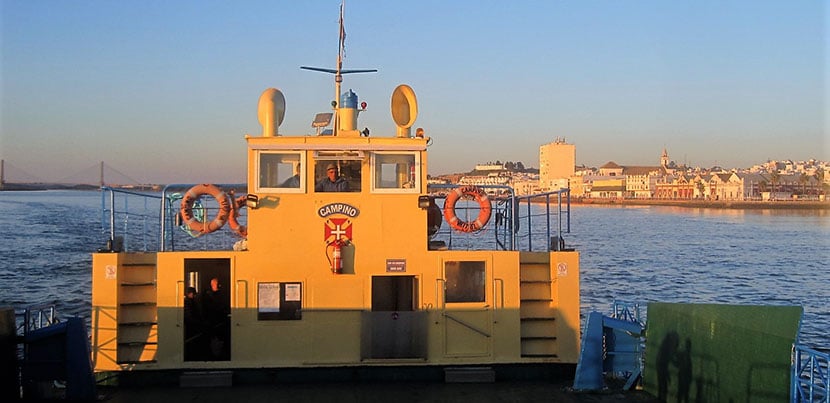
Since we are talking about Portugal one of the tours we can do is visit Villa Real de Santo Domingo by ferry, on the Portuguese side. The round trip costs less than two euros. The ferry is a beautiful experience because it is a means of transport that has remained in force even though the crossing can be done by car for a long time.
This crossing takes ten minutes or less and the views are what make it worthwhile. Tickets for the ferry are bought in the two locations that it joins. There is a ticket office with hours and rates that may vary depending on the season of the year. If you decide to take the ferry, keep in mind that in Portugal there is an hour less, so watch out for that!
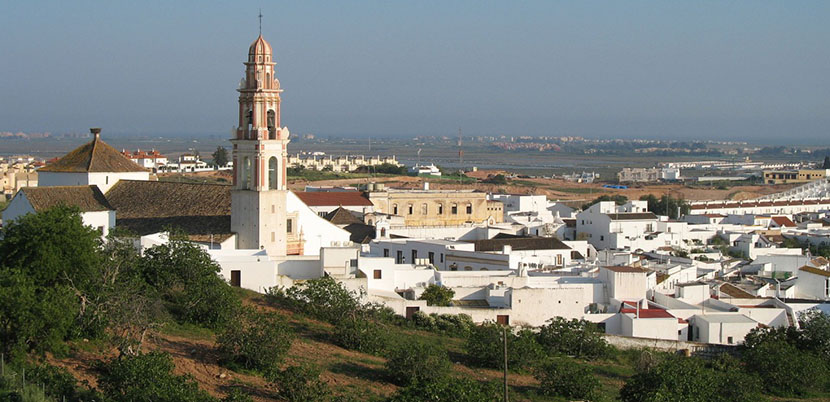
Ayamonte has monuments, various religious buildings, squares and walks to do. For example, there is the Temple of San Francisco de Ayamonte, an old Franciscan convent from 1417, which used to keep a relic of the Holy Shroud, brought by the local marquis. It has a beautiful wooden ceiling of Mudejar lanceria of various colors and an altarpiece on the main altar from the end of the XNUMXth century.
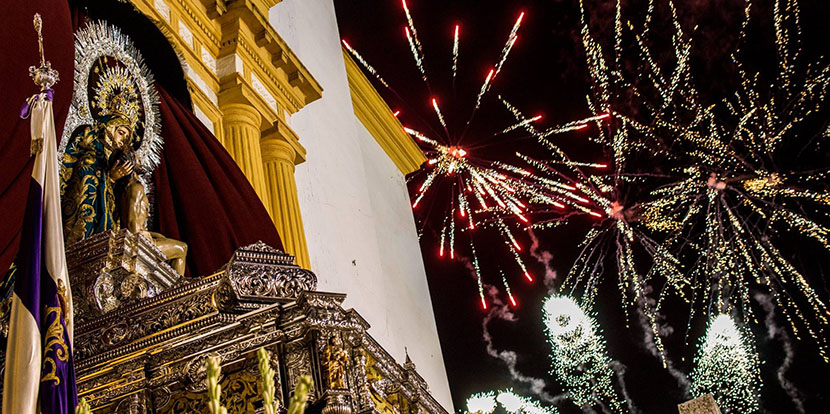
La Church of Our Lady of Sorrows It is in the center and has the city's patron virgin, a work from the XNUMXth century. The church has had many modifications but you will see a mostly neoclassical facade. Another church is the Church of Our Lord of the Savior of Ayamonte, from 1400, of Mudejar construction, very large, with a three-section high tower and bell tower that was unfortunately destroyed by the Lisbon Earthquake of 1755, but there is still an old bell and a manual clock machine there.
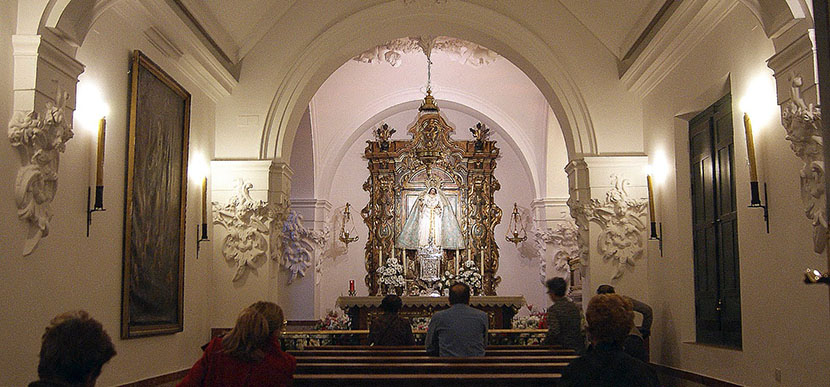
El Convent of the Sisters of the Cross of Ayamonte It was founded in 1639, it was renovated and rebuilt after the earthquake. It is between Santa Clara, Marte and Lerdo de Tejada streets. It has a church, a cloister, a bell tower and a girls' school. It also has a beautiful internal courtyard and you can only visit it with permission and only parts of the complex, but on Sundays you can attend mass.
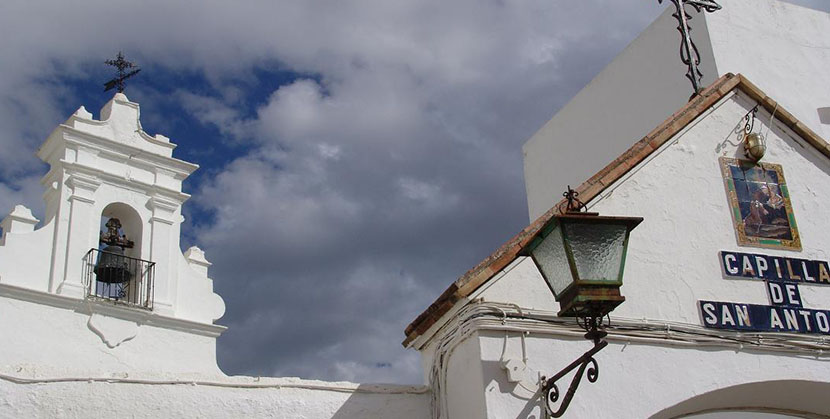
La Chapel / Hermitage of San Antonio de Ayamonte It is located near the fishing basin and dates from the end of the XNUMXth century. It was founded by the sailors' guild and everything has to do with the life of Saint Anthony of Padua. Finally, there is the Jovellanos Building, part of the old convent of the Holy Trinity of Barefoot Religious of Our Lady of Mercy and Redemption of Captives.
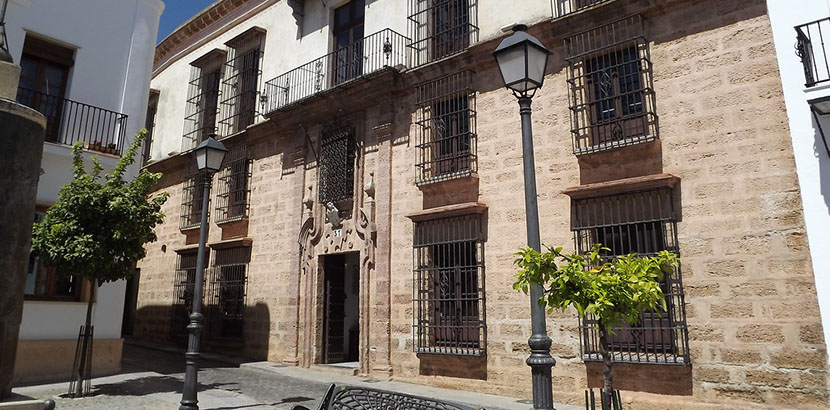
It is a building with a square central courtyard that is surrounded by a two-story gallery. The ground floor has Doric marble columns while the upper floor has small windows. In the center of the well there is a well that used to supply everyone with water. Today it is a multipurpose building, exhibitions, workshops, courses, etc. And if you want to know a typical bourgeois house you can go to the Casa Grande, from 1745, with a central patio, four arched galleries and three floors. It is open to visits.
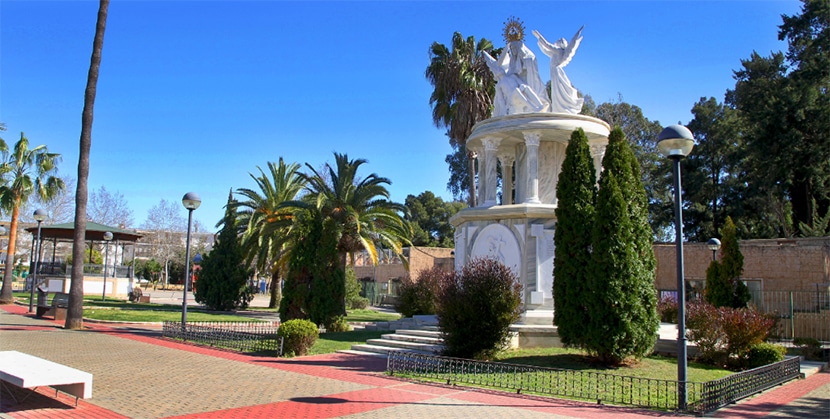
La Cinnamon Tower It is of military origin and was used for coastal defense because there was a time when pirate attacks were a great fear. It is very well preserved, cone-shaped and on a two-meter-high mound it reaches 17 meters in total.
El Our Lady of Sorrows Monument It is in the Plaza de España, near the local tourist office, in the center of Ayamonte. Another monument is the monument to music, the Pasodoble of Ayamonte, located in front of the marina and the Plaza de la Coronación, paying tribute to the musical bands that usually play in the local patron saint festivities.
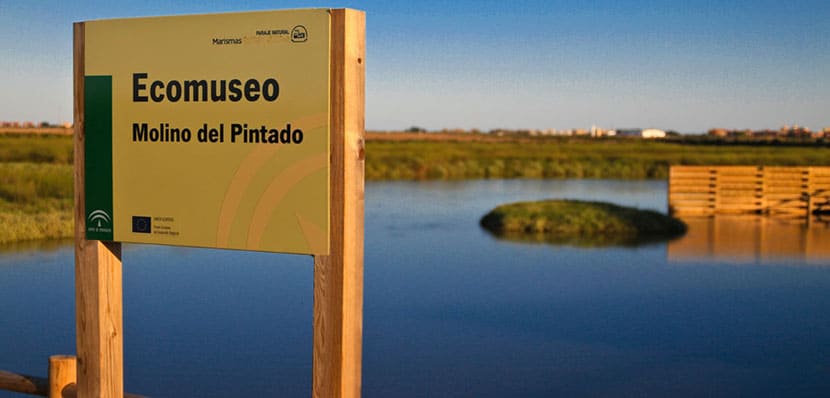
Another interesting visit may be the Ecomuseum Molino del Pintado. It is in the peculiar marshes, in the Natural Park Marismas de Ayamonte and Isla Cristina, and it is a large salt water mill that has been restored recently. It is very easy to get there by bike, car, motorcycle or on foot if you like to walk since the route is a natural path.
But what was this mill doing? It ground wheat, it was a hydraulic mill that took advantage of the force of the tide, low tide or high tide. The museum is divided into five sectors with an audiovisual room, a natural setting room, a mill room and a RENPA area, which is a space in which you will be surrounded by images, music and sounds like in a carousel.
You can also make a visit to the place right here by touring the Salina del Duque trail, Molino Monreal del Pozo del Camino and Laguna del Prado, and of course, the museum usually has different activities organized.
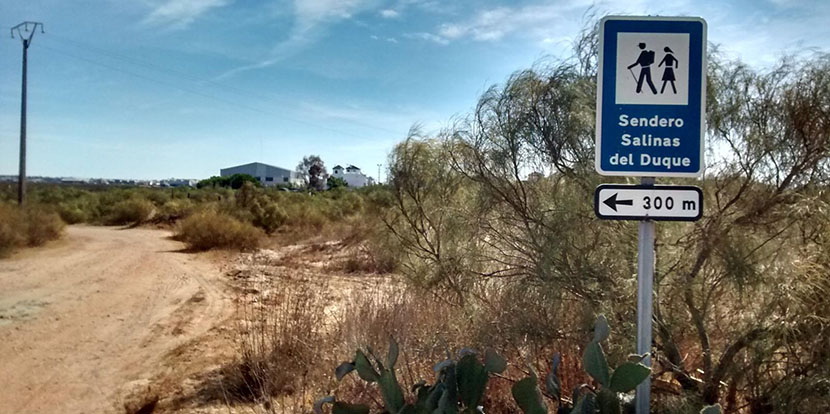
Finally, Ayamonte offers the possibility to practice water sports, golf, horseback riding and other outdoor activities. And since all these activities whet your appetite, you can later go out for tapas because the local gastronomy It is one of the strong points of Ayamonte. Be sure to try the tuna with onions, the cod a la Bras, the ray in paprika or the rice a la marinera, for example.

You like meat? Well, it is said that here are some of the best meats on the peninsula, cooked on the grill or on the grill. Here are some restaurants recommended by the local tourism website: La Puerta Ancha, in Plaza de la Laguna, Mesón Plumas, with grilled meat and Le Bouche.
As you can see, Ayamonte brings together many things that a traveler loves. For when a trip?
